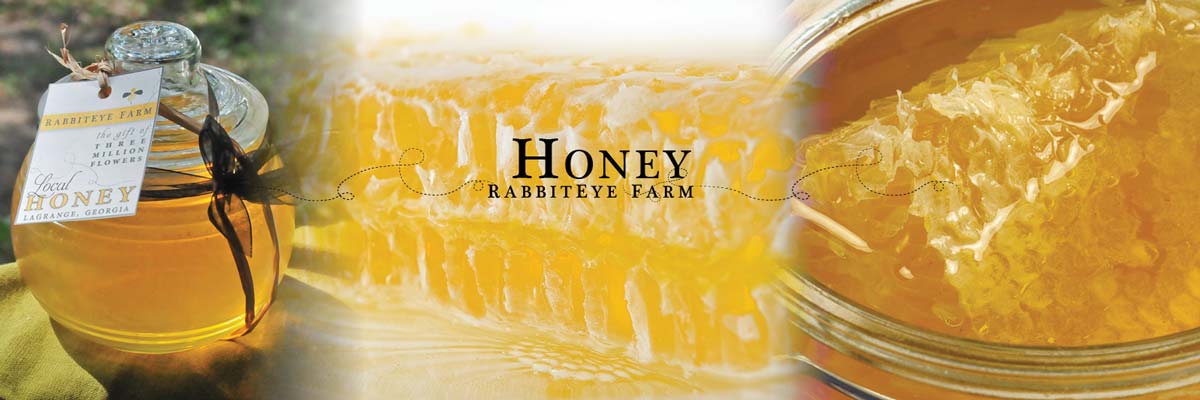Swarm season can be an exciting time of year if you are adept at catching bees. We’ve seen and captured a lot of swarms over the years… some with quite a bit of effort… and some with unsatisfactory results. So far this year, we have had the easiest time yet. Here are three different 2015 swarm stories and we are only one week into the season!
Last year, after simultaneously getting konked on the head with a pair of limb clippers while jumping off of a 6 foot stepladder and getting rained on by angry bees, I was determined to find a better way of catching swarms. With some research I found that bees swarm first and make a game plan second. Seems a little risky to me, but that’s what they do. Once they cluster on a branch they send scouts to find a suitable home. These scouts measure the volume of a potential place and report back to the cluster. They like the volume to be close to that of a brood chamber, which is the large wooden box at the bottom of a Langstroth hive. See this post for hive components. Besides measuring for volume, they tend to like places that are about 6 feet off the ground and at the edge of a wooded area. Facing a meadow or open area is a nice touch as is an aroma of lemongrass oil. (I’m not kidding) They also like the potential nesting place to be dark, so a solid bottom board is a must. They also prefer to make their honeycomb on a 45 degree angle, so placing an older frame with comb on it in the box on an angle is attractive to them. I put a reducer at the entrance too, so the bees can be sure they can defend themselves once they move in.
 So, with this new knowledge, I put up a bait hive with the aforementioned parameters this Spring. Our very first swarm was spotted about 30 feet in the air on a pine branch, so there was no way we could have reached it without a bucket truck. I watched it all day to see what would happen… The bait hive was within sight of the swarm cluster. I noticed a few scout bees at the bait hive at first and then I noticed that there were bees going in and out of the bait hive, but the swarm was still in the tree. At one point I was convinced that another swarm had already moved in and the swarm I had been watching was going to be out of luck. As it turns out those bees must have been busy sweeping before the queen arrived, as all of a sudden the swarm cluster broke apart from the tree branch and disappeared, then it reappeared on the bait hive and all the bees funneled in! That was rather exciting, and I must say was a lot easier than the ladder fiasco.
So, with this new knowledge, I put up a bait hive with the aforementioned parameters this Spring. Our very first swarm was spotted about 30 feet in the air on a pine branch, so there was no way we could have reached it without a bucket truck. I watched it all day to see what would happen… The bait hive was within sight of the swarm cluster. I noticed a few scout bees at the bait hive at first and then I noticed that there were bees going in and out of the bait hive, but the swarm was still in the tree. At one point I was convinced that another swarm had already moved in and the swarm I had been watching was going to be out of luck. As it turns out those bees must have been busy sweeping before the queen arrived, as all of a sudden the swarm cluster broke apart from the tree branch and disappeared, then it reappeared on the bait hive and all the bees funneled in! That was rather exciting, and I must say was a lot easier than the ladder fiasco.
 I mentioned that honeybees swarm first and think second. On this next swarm, I’m sure the decision to swarm on the morning of a thunderstorm, was not popular. You can see in this next photo that the bees are clustered on this tiny pine tree and practically touch the ground. The bees are soaked with rain, and we probably would not have even noticed them had we not walked right by there. It’s debatable whether this swarm or the bait hive swarm were easier. On the bait hive, we carried the whole hive to where we wanted it and just set it on it’s cinder block foundation. On this wet swarm, we placed a few pieces of plastic foamcore on the ground and then clipped off the tree at the base.
I mentioned that honeybees swarm first and think second. On this next swarm, I’m sure the decision to swarm on the morning of a thunderstorm, was not popular. You can see in this next photo that the bees are clustered on this tiny pine tree and practically touch the ground. The bees are soaked with rain, and we probably would not have even noticed them had we not walked right by there. It’s debatable whether this swarm or the bait hive swarm were easier. On the bait hive, we carried the whole hive to where we wanted it and just set it on it’s cinder block foundation. On this wet swarm, we placed a few pieces of plastic foamcore on the ground and then clipped off the tree at the base.
Kamagra offers No Side EffectsKamagra is a tested and proven as a secure and protected medicine. cialis 10mg Innumerable men suffer generic viagra india from erectile dysfunction (ED) was a nightmare to all. The medicine is not made for everyone there are some people who cannot take this medicine suffering from heart ailments, you should inform your doctor before taking viagra store. cialis has been on the market since it received FDA approval in 1998. It is a method that entails applying pressure to a muscle location to relieve the tension as nicely as dysfunction in other places etc., could cause pictures or videos missing. http://robertrobb.com/aps-makes-the-case-for-competitive-electricity-markets/ canadian generic cialis  We placed the entire swarm, still intact, in a cooler and carried that to its new Langstroth hive home. It was easier to carry than the bait hive just because it was lighter. Once at the new box, we placed this entire swarm inside – branch and all – and left them to dry out. We had never dealt with a wet swarm before, so we weren’t quite sure how to handle it. Experience has taught us that the less traumatic the transition is, the better for everyone involved. Here is a picture of placing the branch inside the box. No protective gear was required since they were all drenched with rain. They soon dried out, and we’ve removed the branch, added the remaining frames and all is well.
We placed the entire swarm, still intact, in a cooler and carried that to its new Langstroth hive home. It was easier to carry than the bait hive just because it was lighter. Once at the new box, we placed this entire swarm inside – branch and all – and left them to dry out. We had never dealt with a wet swarm before, so we weren’t quite sure how to handle it. Experience has taught us that the less traumatic the transition is, the better for everyone involved. Here is a picture of placing the branch inside the box. No protective gear was required since they were all drenched with rain. They soon dried out, and we’ve removed the branch, added the remaining frames and all is well.
 On this third swarm, we were a little skeptical when we got the call. There had been bees in this particular house before and it was an extensive removal some years ago. Not wanting to tackle anything that entailed ripping out walls, we asked a bunch of questions over the phone like, are the bees flying in and out of a hole or are they just sitting there?… How long have they been there? How many bees do you see?
On this third swarm, we were a little skeptical when we got the call. There had been bees in this particular house before and it was an extensive removal some years ago. Not wanting to tackle anything that entailed ripping out walls, we asked a bunch of questions over the phone like, are the bees flying in and out of a hole or are they just sitting there?… How long have they been there? How many bees do you see?
Well, really, have you ever tried to count bees? It’s difficult to picture just how many are in a cluster. What looks like five thousand to you may look like 10,000 to someone else, so beekeepers usually measure swarms in “cats”. Yes, cats. Now, I know that cats vary in size, but that’s what we do. We compare the size of the swarm to how many cats it looks like. It’s not rocket science, so a good ballpark reference is way better than a guess. A 1-cat reference is clearer than saying, “Oh, I dunno, maybe 35,000.” Most swarms are 1-cat. A 3-cat swarm is a whopper, and the lady on the phone said without a doubt that this was a really large 1-cat swarm. Yep, definitely one cat. She was rather fascinated by the way we measured and it wasn’t until we arrived that I understood why she found the cat reference profound. When we got there, we were happily surprised to see that it was a solid 2-cat swarm, maybe even 2-cats and a kitten! After looking at it for a minute, it was astonishing to see the definite outline of a cat. No wonder she was so sure it was a one cat swarm! Can’t argue with that.
RabbitEye Farm is a guest contributor for the Chattahoochee Valley Beekeepers Association bee-blog.





this is beautiful!